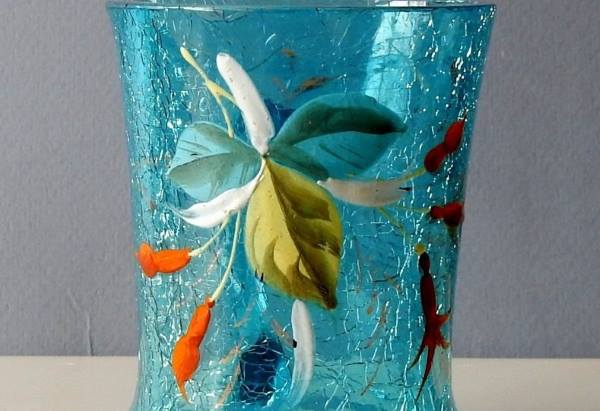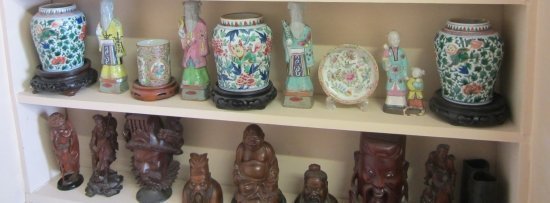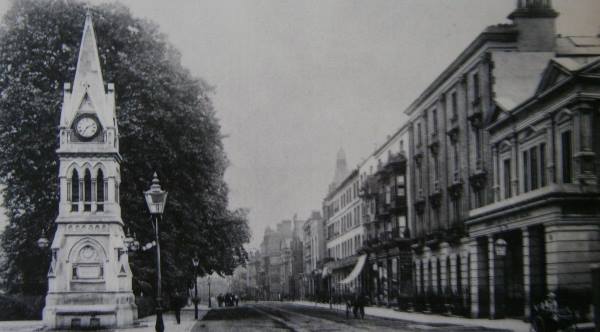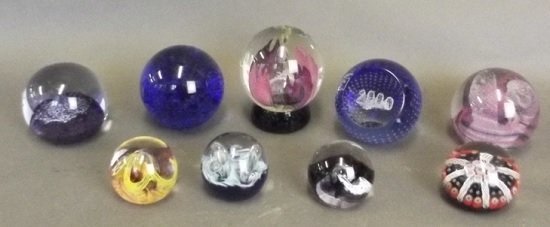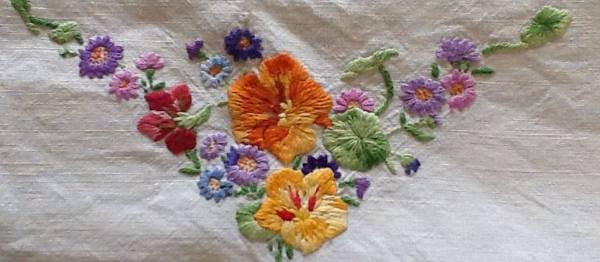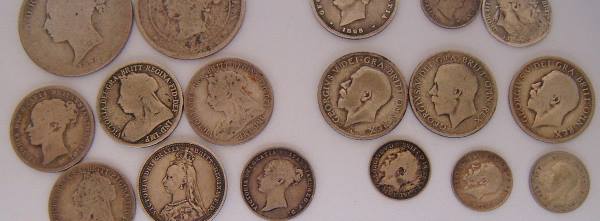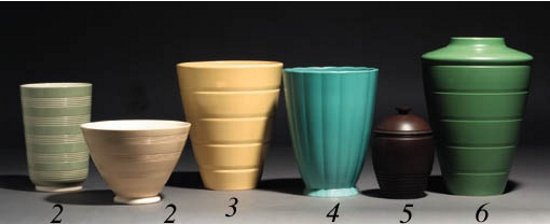Cut glass was first produced in America around 1871 by a German immigrant, Henry William Stiegel, at the American Flint Glass Manufactory in Pennsylvania. For the next 60 years or so, there was little to distinguish the cut glass produced in the States from that made in Europe. About 1830, a distinctively American style began to appear. This blossomed into the Brilliant Period, which lasted from the mid-1870s until the outbreak of the Great War.
The Brilliant Period was initiated at the Centennial Exposition in Philadelphia, held to celebrate 100 years of American independence. Several American companies exhibited a new and elegant prismatic glass. The new cut glass had fewer impurities, was heavier because of its lead content, and featured original and intricately cut patterns.
English glass of the period had a slightly yellowish cast and weighed less, while Irish and Bohemian glass had a slightly greyish cast. Collectors also appreciate American glass from the Brilliant Period for its variety of forms and its exquisite, painstaking craftsmanship. Natural motifs were often used to decorate brilliant cut glass, including plants, flowers, butterflies and birds.
A staggering array of items was made from American brilliant cut glass. Larger items included punch bowls, oil lamps, fish trays, and footed cake trays, smaller ones include hinged boxes, inkwells and cologne bottles, and candlesticks and candelabras were commonly made.
Hand-polished pieces generally have a higher value than acid-polished ones. Early brilliant cut glass was hand polished with a wooden wheel and pumice. Later, to cut costs, an acid bath was used which softened the sharp cuts, and diminished the brilliance. The acid gave a watery, highly glossy look to the clear parts, and the shine was less natural than that achieved by hand polishing.
The highest quality cut glass has the most complex patterns. Patterns that include a Gothic arch, swirls, pointed loops, panels and circles are prized. The condition of a brilliant cut glass piece can make a huge difference to its value. Small nicks and scratches are common because of the age of pieces, but value drops significantly if the glass is fractured, cloudy, chipped, or repaired.
Intaglio pieces, which were carved with stone or copper wheels, are highly valued. Rare designs include Libbey’s love birds in wisteria, Hawkes’ ear-of-corn and Tuthill’s fruit cluster pattern. Pieces made using the intaglio method were usually intended for ornamental use.
A signature is desirable, but consider condition, beauty, and quality first. For years, Americans preferred European glass and since American factories could sell their unsigned pieces as imports, it was advantageous not to sign them. When public opinion changed, the companies began to sign their products.



